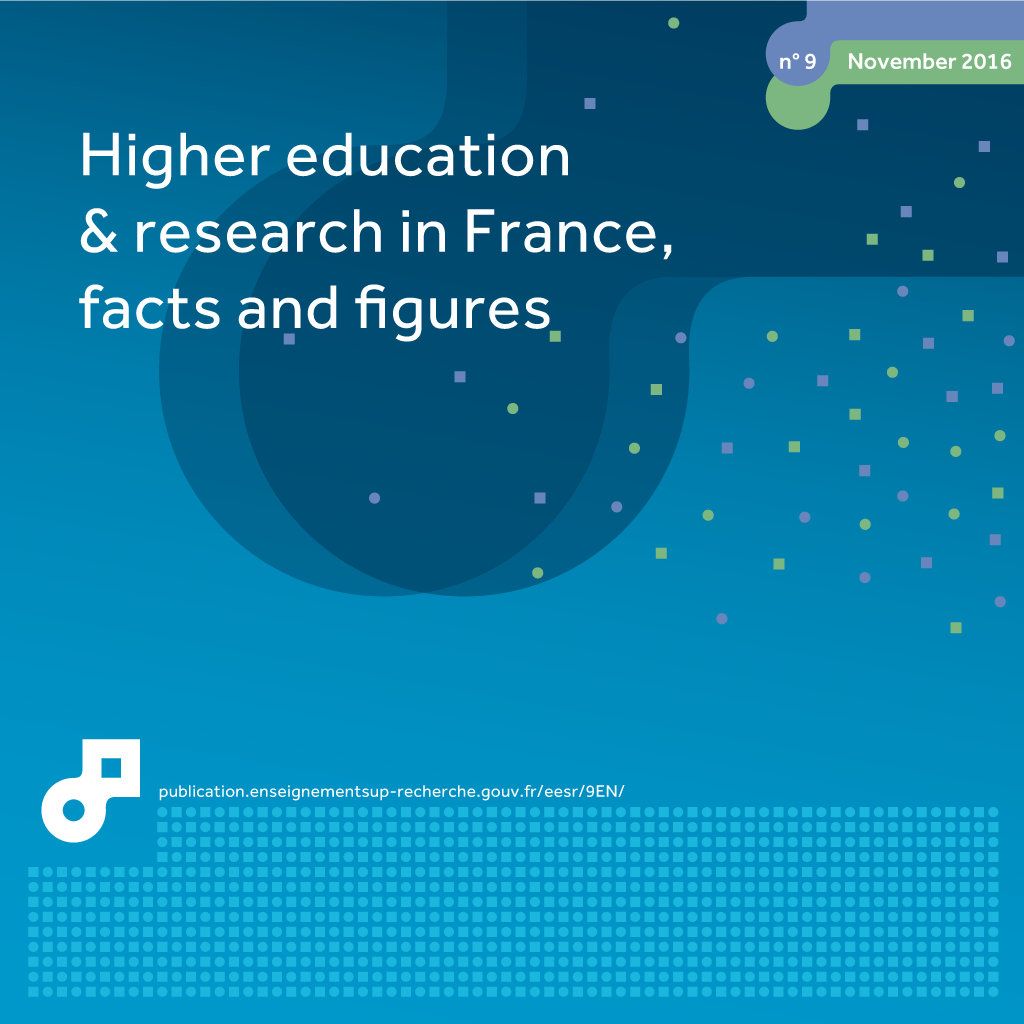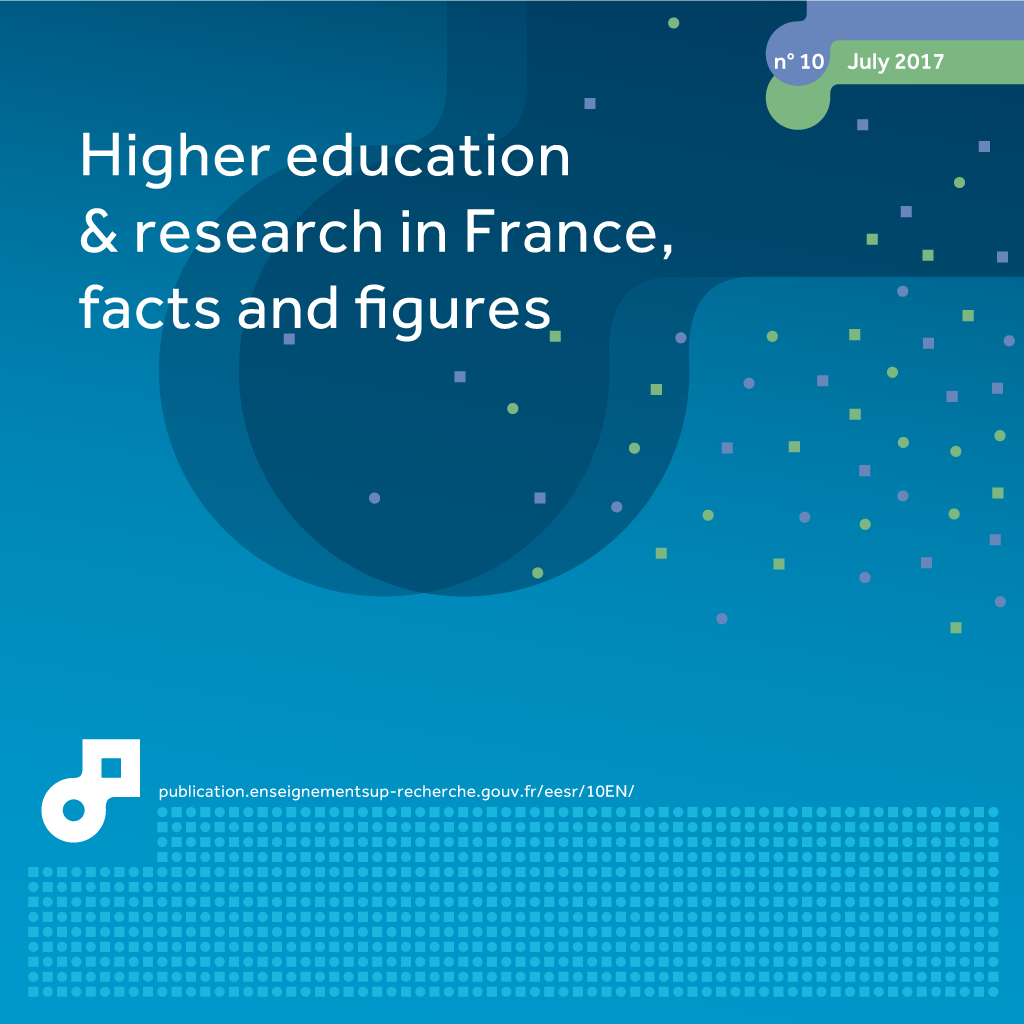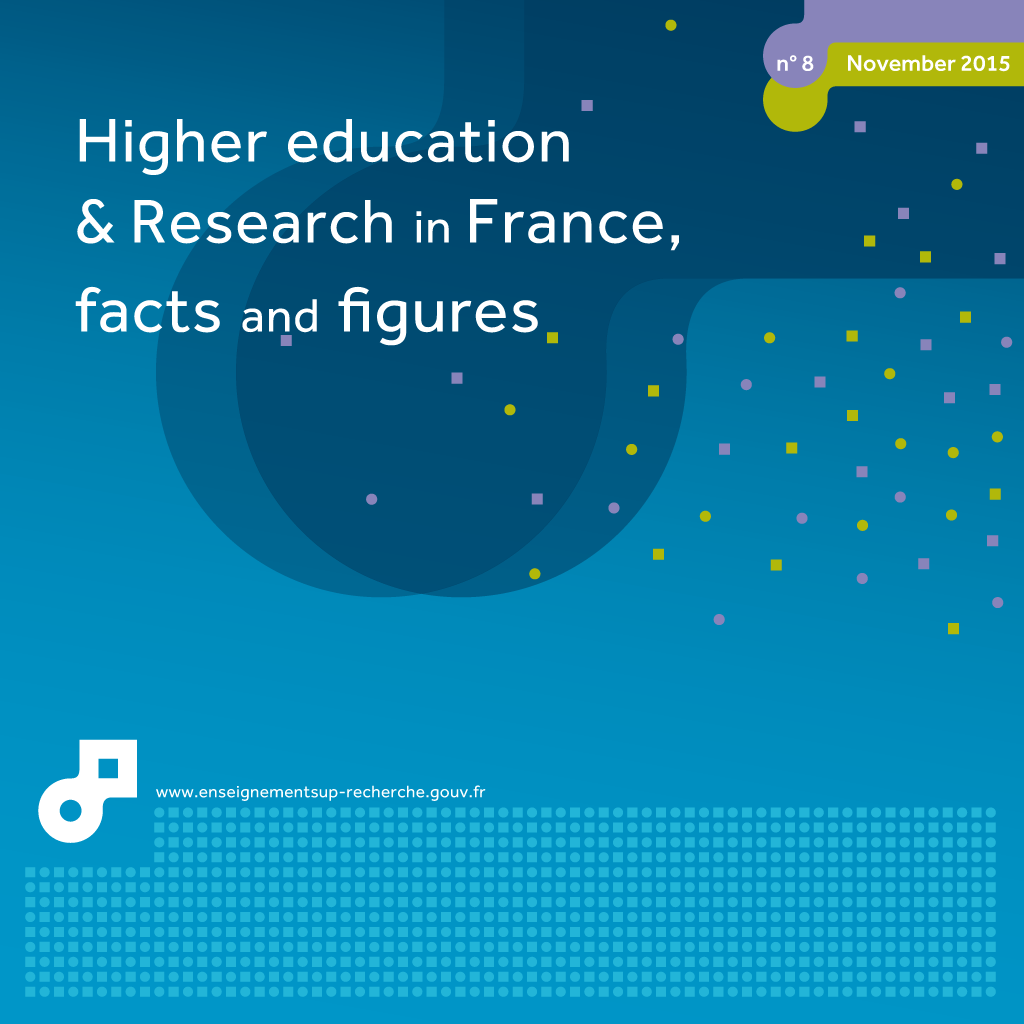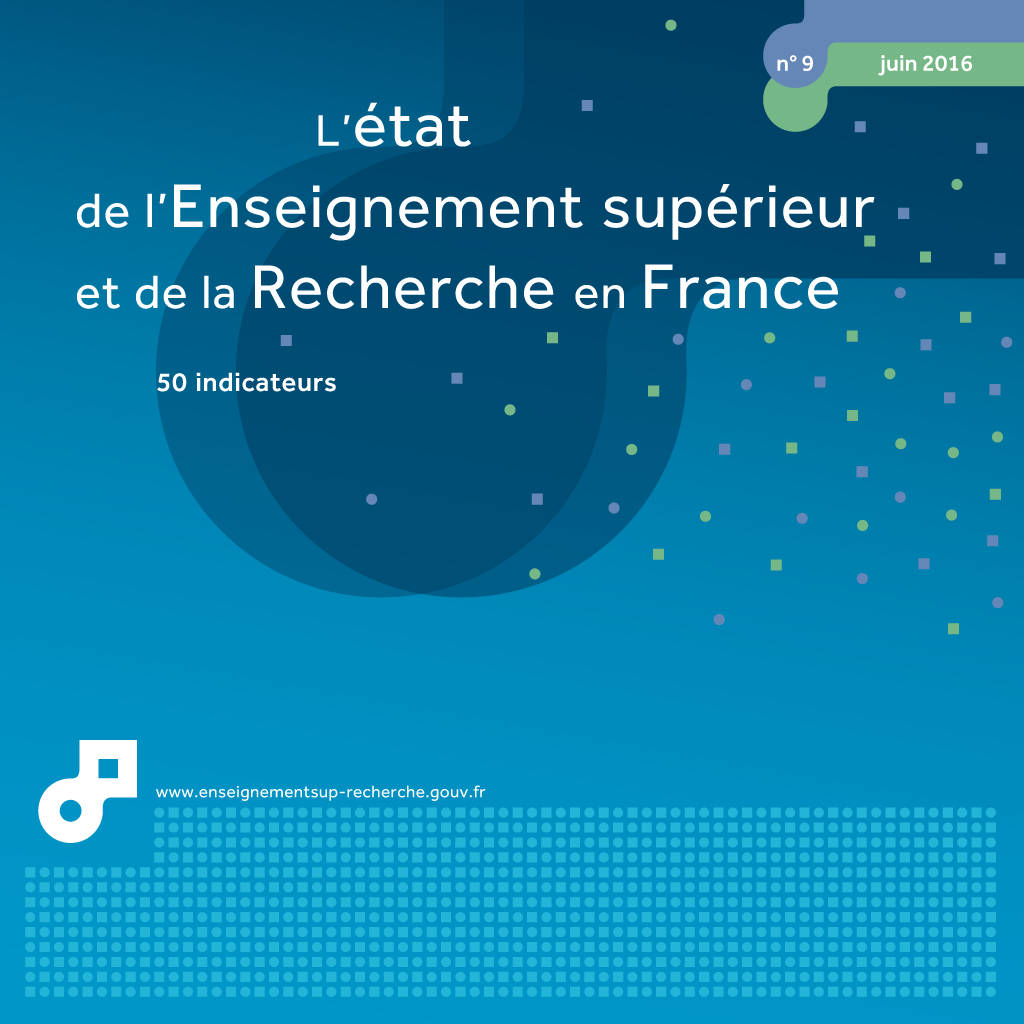25 students with disabilities in higher education
This page has been updated. Read 14. students with disabilities in higher education in Higher education & research in France, facts and figures 10th edition - June 2017
At the start of the 2014-2015 academic year, there were 20,549 students in public higher education, i.e. 1.17% of the student population, who declared a disability and were provided with support of some kind. 91.5% of them were enrolled at university, where their numbers have tripled since 2005. They receive more and more different types of support which are now better known and which mean that students are not excluded from the general trend of longer studies. They are mostly enrolled on Bachelor's degree programmes, but their presence on Master's courses has significantly increased in recent years.
At the start of the 2014-15 academic year, there were 20,549 students who declared a disability in higher education courses in public and private high schools under contract and in public higher education institutions under the responsibility of the French Ministry of Education, Higher Education and Research (MENESR). Of these, 90% were enrolled in universities (table 25.01) and received disability support or care. Numbers had increased 14% per year, on average, since 2005 (chart 25.02). The main reasons for this increase were the general trend towards longer studies, more customised care, diversification and a better awareness of the support systems available.
Since the start of the 2006-2007 academic year, in accordance with the provisions of Article L. 123-4-2 of the Education Code, higher education institutions were made responsible for putting in place all the necessary support for students with disabilities to ensure that they can succeed in their studies and their professional integration: human and technical aids to help with learning, adjustments to courses and conditions for sitting exams.
Better access to higher education, more types of support and better awareness account for the increase in the number of students with disabilities taking a Bachelor's degree (table 25.05). Any obstacles to entering higher education have therefore been considerably reduced since the Law of 11 February 2005 came into force. However, in universities, the distribution of students with disabilities is not the same as for students as a whole (chart 25.03). They are concentrated for the most part on Bachelor's degree programmes and they become fewer in number as the university course progresses. However, a reduction in the difference to the breakdown of the total population has been noted for several years.
In these institutions, students with disabilities are more likely to enrol in technological university institutes (IUT) and in Arts, Languages and Humanities. They are less likely to enrol in the Law, Economics, Management and Healthcare study tracks (chart 25.04). These gaps have tended to close over the years, but nevertheless there is a link between the nature of the disability and the subject areas. Thus in Arts, Languages and Humanities, students with language impairments are under-represented, while those with mental health disabilities are over-represented. However, the distribution of students with mobility or visual impairments according to subject area is similar to that of the general population.
To help compensate for their disabilities, especially when taking exams, and to ensure that things run smoothly throughout their course of study, specific help is provided for these students. 69% have a support plan drawn up to monitor their studies, which can include personal assistance (note-taker, interpreter, encoder, or other form of support) or technical support in having their course specially adjusted. In addition, 79% receive support during examinations (table 25.05), with special adjustments being put in place (specifically adapted assistance, documents in Braille, French sign language interpreter, cued speech encoder, extra time).
How to cite this paper :
close
Key figures
students
Metropolitan France + overseas departments
Metropolitan France + overseas departments
Metropolitan France + overseas departments
Metropolitan France + overseas departments
25.01 Number of students with disabilities in higher education instututions and courses in 2014-15
1 Public institutions or private institutions under contract.
2 74 responses out of 76.
3 65 responses out of 87.
4 Including Normal high schools (Écoles normales supérieures) and major institutions (excluding engineering schools). 4 responses out of 14.
You can embed this table to your website or your blog by copying the HTML code and pasting it into the source code of your website / blog:
close
25.02 Change in the number of students with disabilities enrolled at university 1
1 74 responses out of 76.
You can embed this chart to your website or your blog by copying the HTML code and pasting it into the source code of your website / blog:
close
25.03 Change in the distribution of students with disabilities in universities by study cycle
74 responses out of 76 (excluding the University of Artois and the University of Bretagne Sud).
1 Including vocational Bachelor's degrees, without DUT.
You can embed this chart to your website or your blog by copying the HTML code and pasting it into the source code of your website / blog:
close
25.04 Distribution by subject area and course of students with disabilities enrolled in universities (2014-15) (excluding Research supervision accreditation, %)
36.2% of students with disabilities are taking a course in Arts and Humanities compared to 28.9% of all students in 2014-15.
MENESR-DGESIP/DGRI-SIES
You can embed this chart to your website or your blog by copying the HTML code and pasting it into the source code of your website / blog:
close
25.05 Alternative arrangements to provide support during examinations for students with disabilities in 2014-15
You can embed this table to your website or your blog by copying the HTML code and pasting it into the source code of your website / blog:
close
Translation
 Etat de l'enseignement supérieur et de la rechercheL'état de l'Enseignement supérieur et de la Recherche en France n°9 - Juin 2016
Etat de l'enseignement supérieur et de la rechercheL'état de l'Enseignement supérieur et de la Recherche en France n°9 - Juin 201625 - les étudiants handicapés dans l’enseignement supérieur - Fabienne Corre







